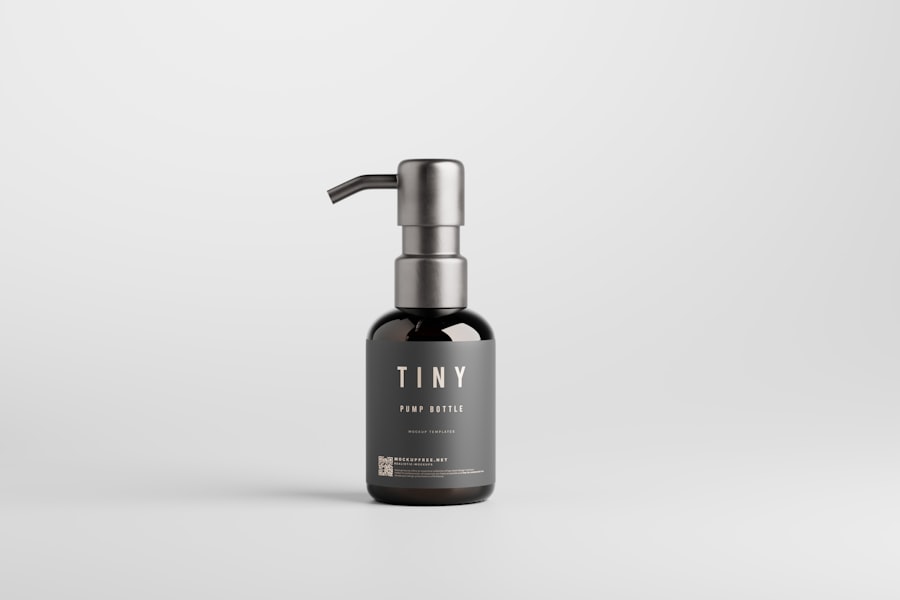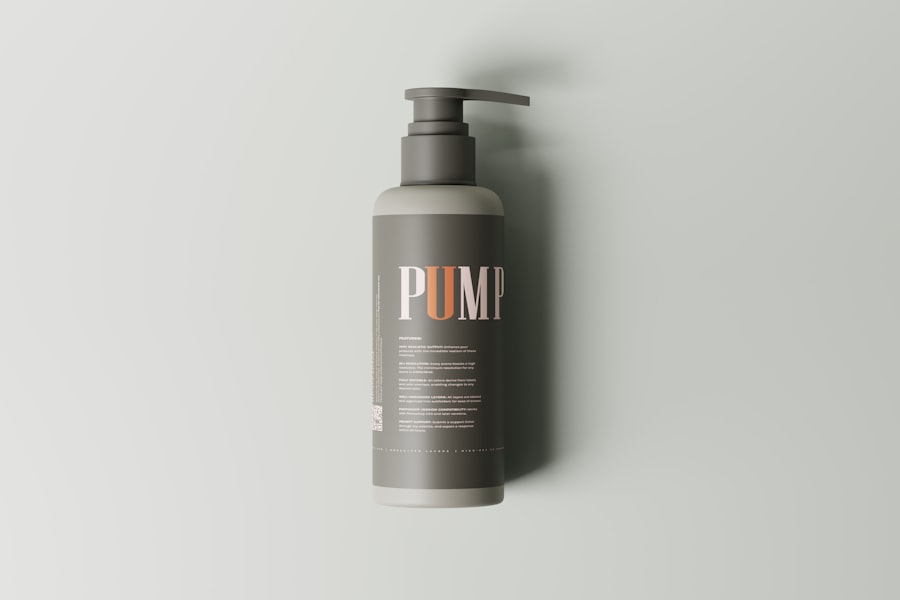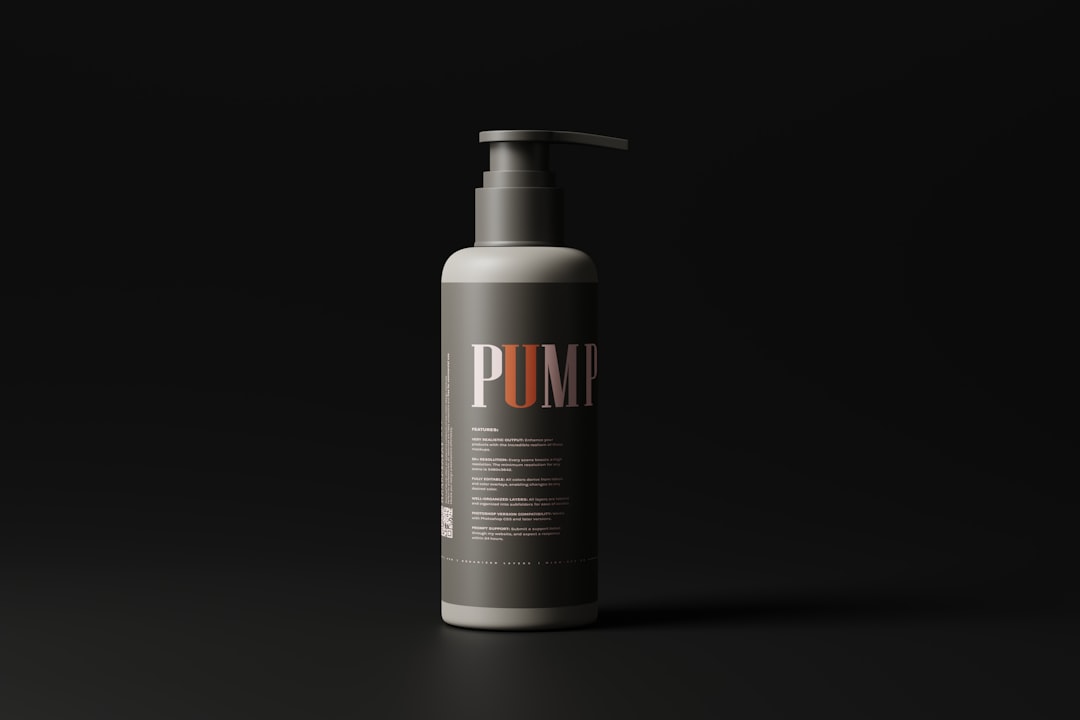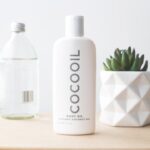When you decide to undergo laser hair removal, you are making a significant investment in your appearance and comfort. However, the journey doesn’t end once the procedure is completed. In fact, the aftercare you provide for your skin is just as crucial as the treatment itself.
Proper aftercare can enhance the effectiveness of the treatment, minimize potential side effects, and ensure that your skin remains healthy and radiant. By understanding the importance of aftercare, you can take proactive steps to protect your skin and achieve the best possible results. Aftercare is essential because your skin will be sensitive following the laser treatment.
The laser targets hair follicles, which can lead to temporary redness, swelling, or irritation. By following a structured aftercare routine, you can help soothe your skin and promote healing. This not only aids in reducing discomfort but also helps in preventing complications such as infections or prolonged irritation.
Recognizing that your skin needs special attention during this time will empower you to take the necessary steps for optimal recovery.
Key Takeaways
- Proper aftercare is crucial for successful laser hair removal treatment
- Clean and moisturize the treated area as per the dermatologist’s instructions
- Protect the skin from sun exposure and heat to prevent complications
- Be aware of potential side effects and seek professional help if needed
- Attend follow-up appointments and avoid certain activities and products for best results
- Maintain a healthy lifestyle to support the effectiveness of the treatment
- Consult a professional for any concerns or questions about the treatment
Proper Cleaning and Moisturizing Techniques
Cleaning the Treated Area
One of the first steps in your aftercare routine should be proper cleaning of the treated area. It’s important to keep the skin clean to prevent any potential infections. Use a gentle, fragrance-free cleanser to wash the area, avoiding any harsh scrubs or exfoliants that could irritate your sensitive skin. When washing, use lukewarm water and pat the area dry with a soft towel instead of rubbing it.
Moisturizing for Hydration and Comfort
Moisturizing is another critical component of aftercare. After laser hair removal, your skin may feel dry or tight, so applying a soothing moisturizer can help restore hydration and comfort. Look for products that are specifically designed for sensitive skin, ideally those that contain calming ingredients like aloe vera or hyaluronic acid.
Applying Moisturizer Correctly
Applying moisturizer regularly will not only alleviate dryness but also create a protective barrier that can aid in healing. Remember to apply it gently, using soft circular motions to avoid any unnecessary friction on the treated area.
Sun Protection and Avoiding Heat Exposure

Sun protection is paramount after undergoing laser hair removal. Your skin will be more susceptible to sun damage, which can lead to pigmentation changes or even burns if exposed to UV rays. It’s advisable to avoid direct sunlight for at least two weeks post-treatment.
If you must go outside, make sure to apply a broad-spectrum sunscreen with an SPF of 30 or higher to the treated area. Reapplying sunscreen every two hours, especially if you are sweating or swimming, will help shield your skin from harmful rays. In addition to sun exposure, it’s wise to avoid heat sources that can exacerbate irritation or discomfort.
This includes hot showers, saunas, steam rooms, and intense workouts that cause excessive sweating. Heat can increase inflammation and prolong recovery time, so it’s best to keep your body cool during this period. Opt for cooler showers and wear loose-fitting clothing to allow your skin to breathe.
By being mindful of heat exposure, you can significantly enhance your recovery experience.
Managing Potential Side Effects and Complications
| Side Effect/Complication | Frequency | Treatment |
|---|---|---|
| Nausea | Common | Anti-nausea medication |
| Fatigue | Common | Rest and relaxation |
| Hair Loss | Common | Scalp cooling therapy |
| Infection | Rare | Antibiotics |
While laser hair removal is generally safe, it’s important to be aware of potential side effects and how to manage them effectively. Common side effects include redness, swelling, and mild discomfort in the treated area. These symptoms usually subside within a few hours to a couple of days.
However, if you notice any unusual changes such as blistering or persistent pain, it’s crucial to seek professional advice immediately. Being proactive about monitoring your skin will help you address any issues before they escalate. In some cases, individuals may experience hyperpigmentation or hypopigmentation following treatment.
This occurs when the skin produces too much or too little melanin in response to the laser. If you notice any changes in pigmentation that concern you, consult with your practitioner for guidance on how to manage these effects. They may recommend specific topical treatments or procedures to help restore your skin’s natural tone.
Understanding how to recognize and respond to side effects will empower you to take control of your recovery process.
Adhering to Recommended Follow-up Appointments
Following your initial laser hair removal session, adhering to recommended follow-up appointments is essential for achieving optimal results. These sessions are typically scheduled several weeks apart and are designed to target any remaining hair follicles that may not have been effectively treated during the first session. By attending these appointments, you ensure that you are maximizing the benefits of the treatment and minimizing the chances of hair regrowth.
During follow-up visits, your practitioner will assess your progress and make any necessary adjustments to your treatment plan. This may include altering the laser settings based on how your skin has responded or discussing additional sessions if needed. Staying committed to this schedule not only enhances the effectiveness of the treatment but also allows for ongoing support from your practitioner as you navigate through the process.
Avoiding Certain Activities and Products

In addition to following a proper skincare routine post-treatment, there are certain activities and products you should avoid to ensure a smooth recovery process. For instance, refrain from engaging in activities that may cause excessive sweating or friction on the treated area for at least 48 hours after your session. This includes vigorous exercise, swimming in chlorinated pools, or participating in sports that may lead to irritation.
Moreover, be cautious with skincare products during this period. Avoid using products that contain harsh chemicals, fragrances, or exfoliating agents such as retinoids or alpha hydroxy acids (AHAs). These ingredients can irritate sensitive skin and hinder the healing process.
Instead, opt for gentle formulations that focus on hydration and soothing properties. By being mindful of both activities and products during your recovery phase, you can significantly enhance your overall experience.
Maintaining a Healthy Lifestyle for Optimal Results
Your lifestyle choices play a significant role in how well your skin heals after laser hair removal. Maintaining a healthy diet rich in vitamins and minerals can support skin health and recovery. Foods high in antioxidants—such as fruits and vegetables—can help combat inflammation and promote healing from within.
Staying hydrated is equally important; drinking plenty of water helps keep your skin supple and aids in flushing out toxins. Additionally, consider incorporating regular exercise into your routine once you have fully recovered from the procedure. Exercise improves circulation, which can enhance nutrient delivery to your skin cells and promote overall health.
However, remember to ease back into physical activity gradually and avoid anything too strenuous until you’re sure your skin has healed completely. By adopting a holistic approach that combines healthy eating with regular exercise, you can optimize your results from laser hair removal.
Seeking Professional Advice for Any Concerns or Questions
Finally, never hesitate to seek professional advice if you have any concerns or questions regarding your laser hair removal experience. Your practitioner is there to guide you through every step of the process and address any uncertainties you may have about aftercare or potential side effects. Whether it’s about managing discomfort or understanding what to expect during recovery, open communication with your practitioner is key.
If you notice any unexpected changes in your skin or have questions about product recommendations or lifestyle adjustments post-treatment, don’t hesitate to reach out for guidance. Your practitioner can provide tailored advice based on your unique skin type and treatment history, ensuring that you feel confident and informed throughout your journey. By prioritizing communication with professionals, you empower yourself with knowledge that enhances both your experience and results from laser hair removal.
In conclusion, understanding the importance of aftercare following laser hair removal is essential for achieving optimal results while maintaining healthy skin. By implementing proper cleaning and moisturizing techniques, protecting yourself from sun exposure and heat sources, managing potential side effects effectively, adhering to follow-up appointments, avoiding certain activities and products, maintaining a healthy lifestyle, and seeking professional advice when needed, you set yourself up for success in this transformative journey toward smoother skin.
One helpful resource for post-treatment care tips can be found in the article “Fashion at Home” on In Laser Hair Removal’s website.
For more detailed guidelines on aftercare, be sure to check out this informative article by visiting here.
FAQs
What is laser hair removal aftercare?
Laser hair removal aftercare refers to the guidelines and practices that should be followed after undergoing a laser hair removal treatment. These guidelines are designed to help the skin heal properly and minimize any potential side effects.
Why is laser hair removal aftercare important?
Proper aftercare is important to ensure the best results from the laser hair removal treatment and to minimize the risk of complications. Following aftercare guidelines can help reduce the likelihood of skin irritation, redness, and other side effects.
What are some common laser hair removal aftercare guidelines?
Common aftercare guidelines for laser hair removal include avoiding sun exposure, using gentle skincare products, avoiding hot showers and baths, and avoiding activities that may cause excessive sweating. It is also important to keep the treated area clean and moisturized.
How long do I need to follow laser hair removal aftercare guidelines?
Aftercare guidelines for laser hair removal should be followed for at least a few days to a week after the treatment. However, it is important to follow the specific instructions provided by the laser hair removal technician or dermatologist.
What should I do if I experience any side effects after laser hair removal?
If you experience any side effects after laser hair removal, such as redness, swelling, or irritation, it is important to contact your laser hair removal technician or dermatologist for guidance. They can provide recommendations for managing any side effects and ensuring proper healing.





